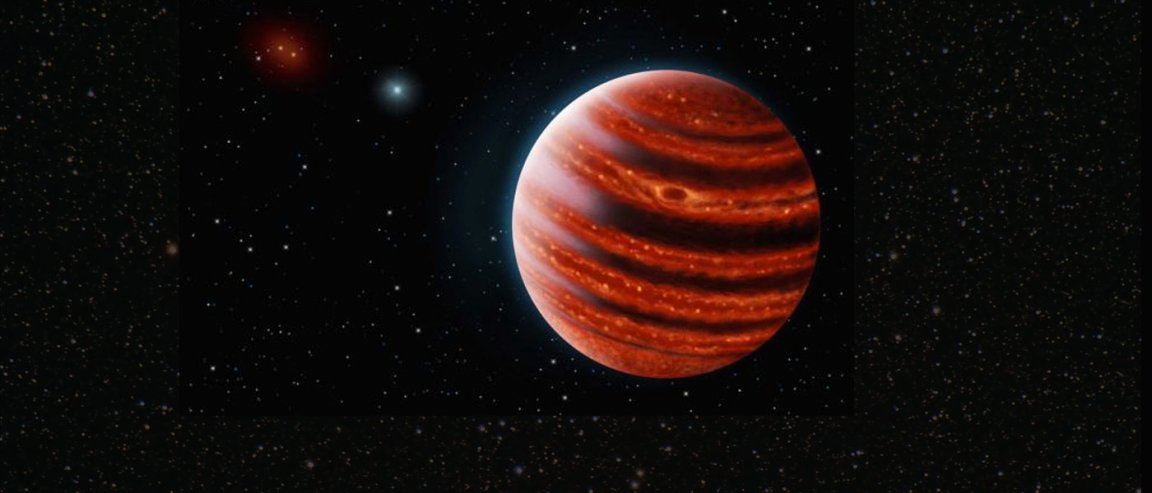
The Wanderer
A team of astronomers has detected a giant, free-floating planet some 4 to 8 times the mass of Jupiter in our neighborhood. The planet is kind of a missing link on the evolutionary scale, existing somewhere in between planets and the “failed stars” known as brown dwarfs.
The object is a “planet” in the truest sense of the word, as the term is derived from the Greek planētes, “wanderers.” It bears the unromantic mouthful 2MASS J1119-1137 for a name, and it is located some 95 light-years away, which is practically next door from a galactic perspective.
Spotting 2MASS J1119-1137, and recognizing it for it was, took a little detective work. Astronomers have been fooled before—sometimes, something that seems planet-like and nearby turns out to really be nothing more than an old, dying red star, far away in some distant quarter of the galaxy, emitting its final gasps of radiation in the cool infrared.

A Cosmic Newcomer
Uncertain of what they had actually found, the team immediately ran the object’s spectrum through the FLAMINGOS-2 spectrograph on the Gemini South telescope in Chile—akin to getting its full DNA profile.
And the results proved that 2MASS J1119-1137 was no distant red giant; it was indeed nearby, and quite small and young. And that was the other half of the problem—determining its age.
They knew 2MASS J1119-1137 must be quite young, since it shone so brightly in the infrared, a pretty sure sign the tiny object retained the latent heat of a recent birth. Through a sophisticated series of line-of-sight measurements, the team determined that the planet was moving with an identical motion and velocity to a cluster of stars called the TW Hydrae association.
This cluster was known to be only 10 million years old; therefore, 2MASS J1119-1137 must be of the same age. Which means it’s pretty young—infantile, in fact, considering our aged Sun clocks in at a great-grandfatherly 4.5 billion years. It’s the youngest free-floating planet known, beating out the previous record-holder, an object called PSO J318.5-22, which, at 23 million years old, is over twice the age of the new champion.
“Discovering free-floating planet analogs like 2MASS J1119-1137 and PSO J318.5−22 offers a great opportunity to study the nature of giant planets outside the Solar System,” observes Kendra Kellogg, lead author of the study.